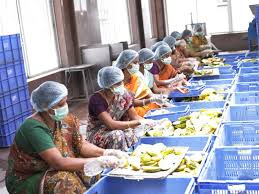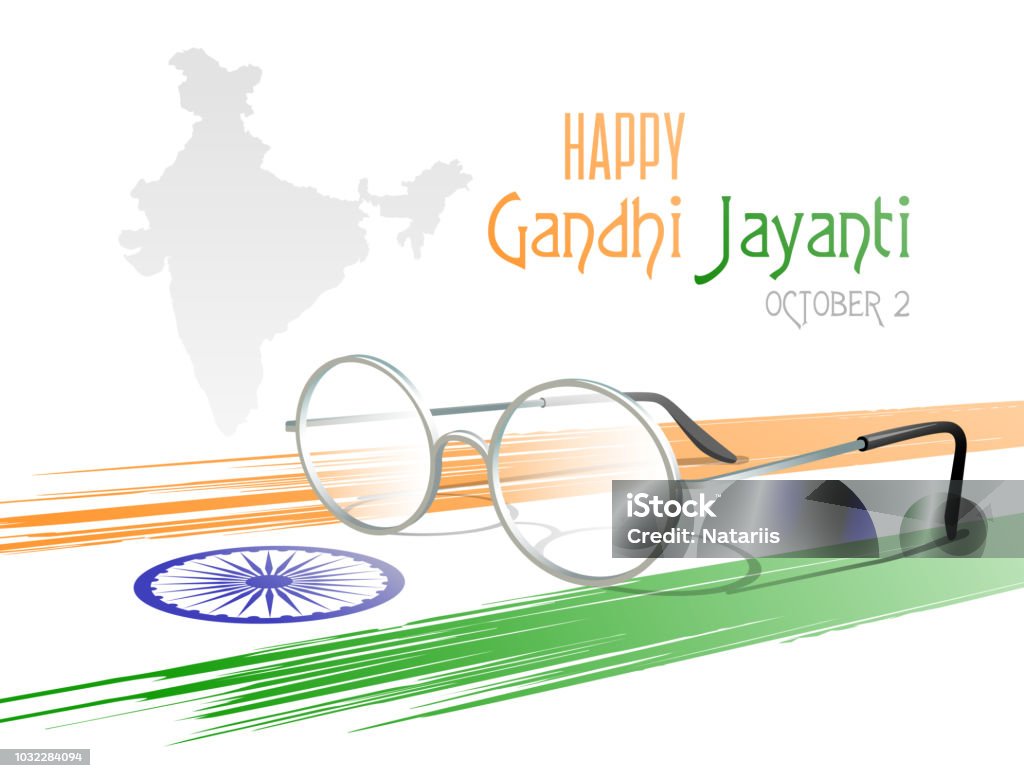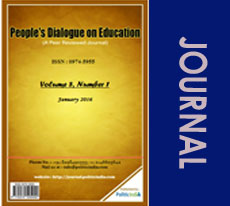Rangarajan Committee Report on Poverty Estimation: A Critical Assessment
- Post By PoliticIndia.com on
- 2015-01-04 01:41:19

Planning Commission in June 2012 constituted an Expert Group under the Chairmanship of Dr. C. Rangarajan to suggest a methodology for measurement of poverty. It was set up as a knee-jerk reaction to the adverse publicity generated by its predecessor, the Tendulkar Expert Committee which proposed a new methodology for poverty measurement that yielded a set of rural and urban poverty lines that was deemed to be too low.
Main recommendations of Rangarajan Committee
(i)The Expert Group (Tendulkar) had used the all-India urban poverty line basket as the reference to derive state-level rural and urban poverty. This was a departure from the earlier practice of using two separate poverty line baskets for rural and urban areas. The Expert Group (Rangarajan) reverts to the practice of having separate all-India rural and urban poverty basket lines and deriving state-level rural and urban estimates from these.
(ii) Rangarajan report also rejects the recommendation of the Tendulkar report to delink poverty lines from calorie norms. The report adds proteins and fats to the nutrient-norm, in addition to calories. The new protein norm is 48 gm (rural) and 50 gm (urban) per capita per day. The new fat norm is 28 gm (rural) and 26 gm (urban) per capita per day.
(iii) Rangarajan report has reduced the calorie requirement in rural areas to 2155 calories (from 2400 calories) and in urban areas to 2090 calories (from 2100 calories).
(iv) The Expert Group (Rangarajan) prefers NSSO�s estimates and decides not to use the NAS estimates. This is in line with the approach taken by Expert Group (Lakdawala) and Expert Group (Tendulkar).
(v) Rangarajan report have added two more items of expenditure in estimating the poverty line: (a) clothing expenses, rent, conveyance and education expenses; and (b) all non-food expenses that meet nutrition requirements. Thus, for 2011-12, the Committee estimates the following: (a) a per capita monthly expenditure of Rs 554 in rural areas and Rs 656 in urban areas to meet calorie, protein and fat requirements; (b) a per capita monthly expenditure of Rs 141 in rural areas and Rs 407 in urban areas for clothing expenses, rent, conveyance and education expenses; and (c) a per capita monthly expenditure of Rs 277 in rural areas and Rs 344 in urban areas for non-food items that meet nutrition requirements. Together, they add up to the new poverty line: a per capita per month expenditure of Rs 972 in rural areas and Rs 1,407 in urban areas. In other words, Rs 32 per capita per day in rural areas and Rs 47 per capita per month in urban areas.
Critical Evaluation of Rangarajan Report:
The Rangarajan Committee on poverty measurement has several positive features such as the return to the calorie norm, the anchoring of the non-food requirements to a normative basket based on the median non-food expenditures and the use of unit values from household expenditure unit records instead of the conventional aggregate price indices used previously. However, it missed the opportunity to go beyond the expenditure-based poverty rates and examine the possibility of a wider multidimensional view of deprivation. The TOR of this committee was wide ranging and invited such an investigation. The dismissal of the multidimensional approach is a disappointment. With reference to (a), there was a real opportunity to widen the concept of poverty to embrace multidimensional deprivation (MDD) and poverty following the work of Amartya Sen and Maha bub-ul-Haq in setting up the Human Development Index. The summary dismissal of this approach by the Rangarajan Committee on the ground that �the deployment of criteria other than consumption expenditure in the measurement of poverty raises several issues regarding measurement and aggregation (that) render such exercises impractical� is unacceptable when papers such as the ones mentioned above provide a framework to confront such aggregation issues and move the literature forward. ToR (a) also raises the issue whether the absolute view of poverty that has underlined all poverty line specifications in India is relevant in a country which has seen a huge increase in inequality in the decade of the 1990s and beyond. One can argue that we should be moving towards a relative view of poverty where the minimum requirements increase with the rising affluence of the middle and higher expenditure classes. The Rangarajan Committee does make a positive contribution by anchoring the minimum requirements in clothing, rent, conveyance and education expenses at the median fractile in a significant departure from previous practice.
In addition to above points, Rangarajan report (Like Tendulkar report) uses the expenditure of the median fractile in the NSS sample to estimate the expenditure on clothing expenses, rent, and conveyance and education requirements. In other words, the median fractile (45-50%) values of clothing expenses, rent, conveyance and education expenses are treated as the normative requirements of the basic non-food expenses of clothing, housing, mobility and education of a poverty line basket. This works out to Rs.141 per capita per month in rural areas and Rs.407 in urban areas. How much is this median expenditure considered as adequate? Is Rs 5 per capita per day in rural areas and Rs 14 per capita per day in urban areas is sufficient for clothing, rent, conveyance and education, all together!






